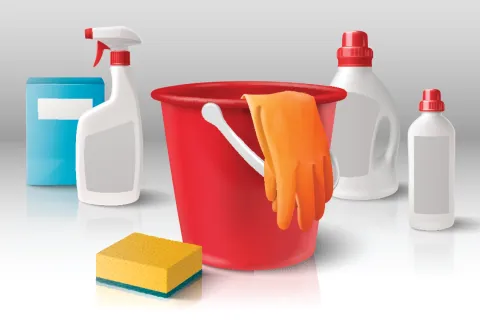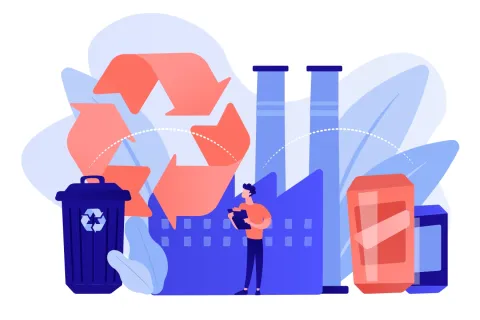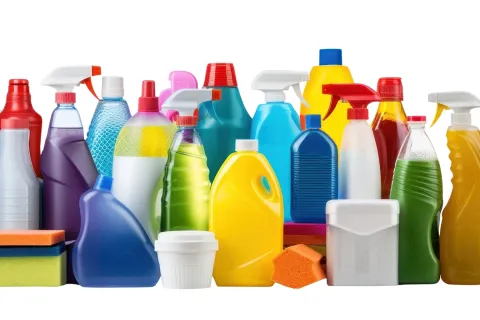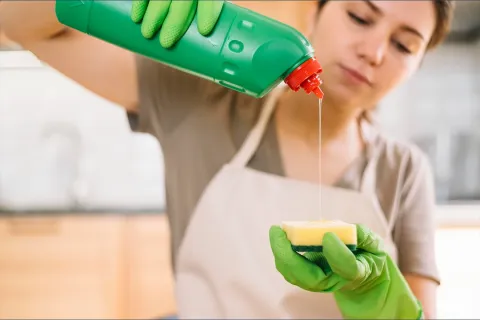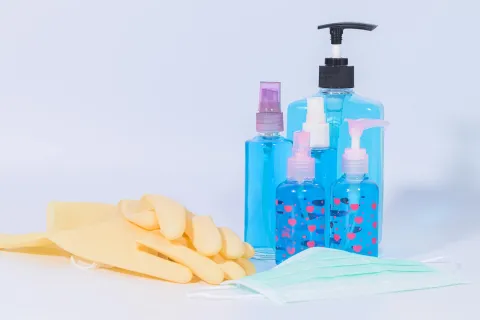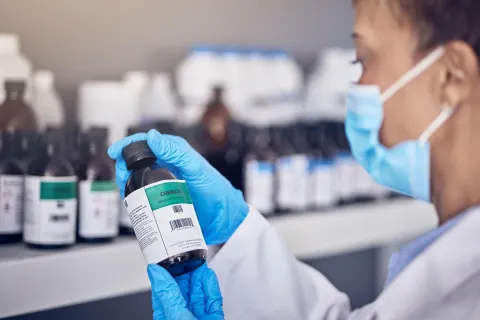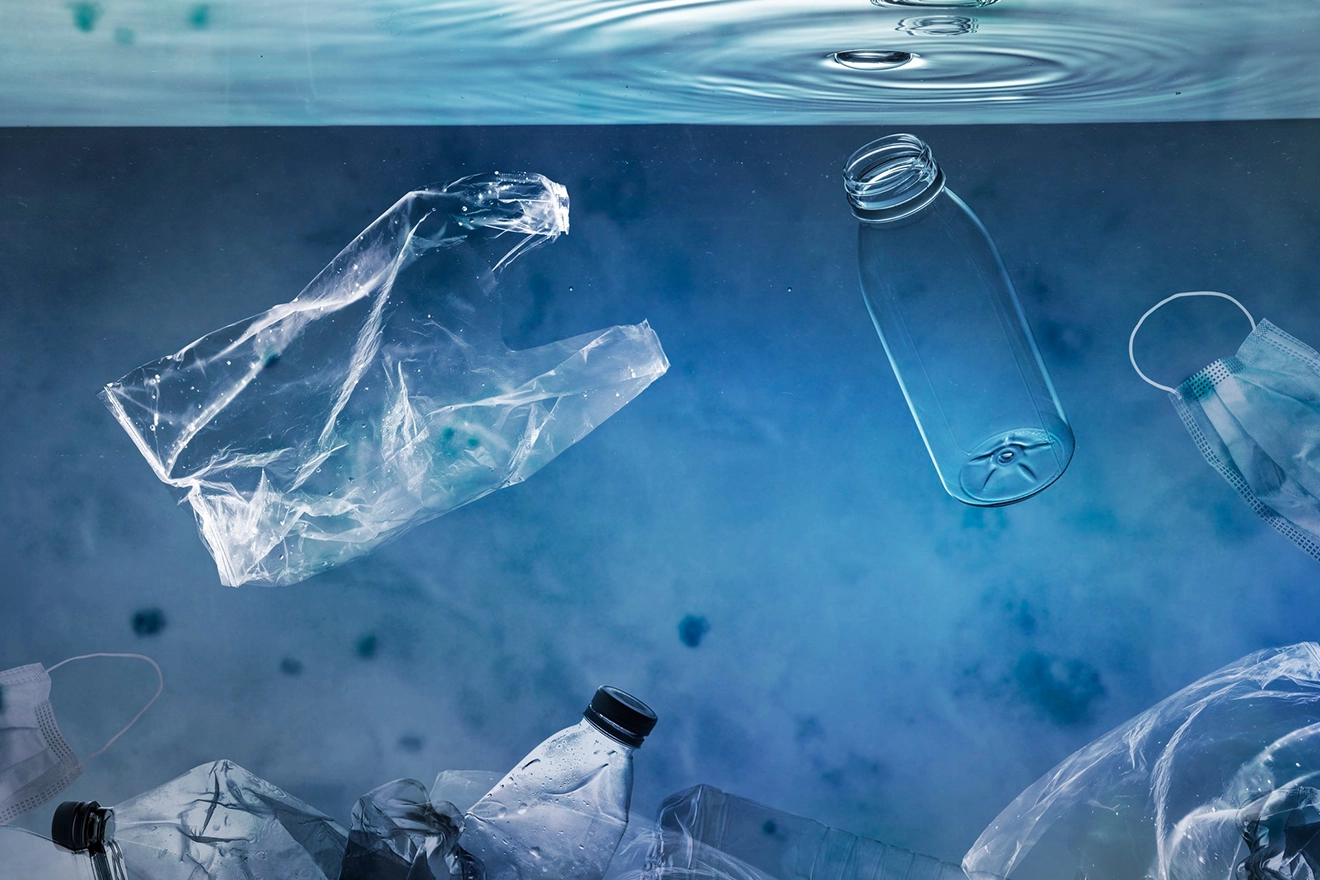
The European Union’s Single-Use Plastics (SUP) Directive was introduced to reduce the environmental impact of plastic waste, particularly in marine environments. While it marks a significant step toward sustainability and Circular Economy Packaging, the implementation of the directive presents several challenges for businesses across sectors, especially those reliant on plastic materials for packaging, product design and ensuring EPR Compliance.
What Is the EU SUP Directive?
The EU SUP Directive targets the top 10 single-use plastic items most found on European beaches, such as cutlery, plates, straws, stirrers, and certain food containers. The EU Plastic Ban includes bans on some items, consumption reduction targets for others, and requirements for labeling, awareness campaigns, and extended producer responsibility (EPR).
Key Challenges for Businesses
1. Material Performance and Testing
Companies replacing banned single-use plastics with alternatives must ensure that these substitutes meet EU compostability and recyclability standards, such as EN 13432 for compostable plastics. However, many alternatives still face performance and regulatory approval issues. For instance, materials may meet technical compostability but not function well under real-world conditions, creating uncertainty about product viability.
2. Limited Availability of Alternatives
There is still a limited supply of scalable and compliant single-use plastic alternatives. This scarcity affects industries like food service, personal care, and consumer goods, which depend on materials like plastic for hygiene and functionality. As demand grows, competition for compliant materials is expected to intensify.
3. Regulatory Ambiguity and National Differences
Although the directive is EU-wide, each Member State has its own interpretation and enforcement mechanisms, leading to inconsistent application. Businesses operating across multiple countries must adapt their packaging compliance strategies accordingly raising costs and complexity.
4. Economic Impact and Redesign Costs
Transitioning to SUP-compliant products requires redesigning existing packaging, updating labelling, testing new materials, and investing in new manufacturing technologies. These changes can be particularly challenging for small and medium enterprises (SMEs), which may lack the resources to quickly adapt.
5. Product Category Restrictions
Certain product categories—such as plastic straws, stirrers, and polystyrene containers—face outright bans, even if used in niche or essential applications. Businesses must reformulate products or packaging entirely, with no transition period in some cases.
Conclusions
The Single-Use Plastics Regulation reflects growing global concern about plastic pollution and sets a clear path toward sustainable product design. However, it also brings significant SUP Directive Compliance and operational challenges. Businesses must be proactive, informed, and flexible in their response. With the right regulatory support, companies can turn these challenges into opportunities to innovate and lead in a plastic-free future.
Freyr helps companies address these SUP Directive challenges by offering end-to-end regulatory support. From identifying approved alternatives and coordinating material compliance testing to ensuring labelling and documentation meet EU standards, Freyr simplifies the complex transition process. Their experts also assist in preparing regulatory submissions and managing cross-border compliance, helping businesses adapt quickly and cost-effectively.
